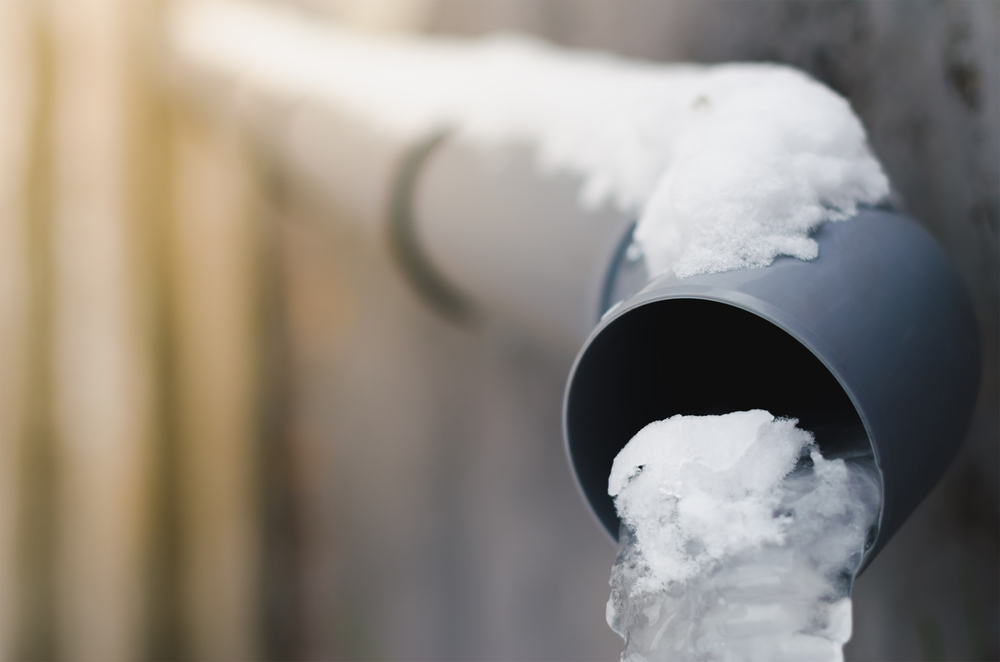Important Advice to Avoid Frozen Plumbing in Cold Weather
Important Advice to Avoid Frozen Plumbing in Cold Weather
Blog Article
Have you been looking for resources involving How to prepare your home plumbing for winter weather?

Cold weather can damage your pipes, particularly by freezing pipelines. Right here's just how to avoid it from taking place and what to do if it does.
Intro
As temperatures decline, the threat of frozen pipelines boosts, potentially leading to pricey repair work and water damages. Comprehending just how to prevent frozen pipelines is essential for home owners in cold climates.
Comprehending Icy Pipelines
What causes pipes to freeze?
Pipes freeze when subjected to temperature levels listed below 32 ° F (0 ° C) for expanded durations. As water inside the pipelines ices up, it increases, taxing the pipeline wall surfaces and possibly creating them to break.
Dangers and problems
Frozen pipes can result in supply of water interruptions, residential property damages, and expensive repairs. Ruptured pipelines can flood homes and create considerable architectural damage.
Indicators of Frozen Water Lines
Identifying icy pipes early can prevent them from rupturing.
How to recognize frozen pipelines
Search for decreased water flow from taps, unusual smells or noises from pipelines, and noticeable frost on exposed pipelines.
Avoidance Tips
Shielding prone pipelines
Cover pipes in insulation sleeves or make use of heat tape to safeguard them from freezing temperatures. Focus on pipes in unheated or outside areas of the home.
Heating techniques
Keep indoor rooms sufficiently warmed, specifically areas with plumbing. Open cabinet doors to allow warm air to distribute around pipelines under sinks.
Safeguarding Outside Plumbing
Garden hose pipes and outside faucets
Disconnect and drain garden hoses prior to winter months. Mount frost-proof faucets or cover outside faucets with insulated caps.
What to Do If Your Pipelines Freeze
Immediate activities to take
If you think frozen pipelines, keep faucets open up to soothe stress as the ice melts. Make use of a hairdryer or towels soaked in warm water to thaw pipelines slowly.
Long-Term Solutions
Architectural adjustments
Take into consideration rerouting pipes far from exterior wall surfaces or unheated areas. Include extra insulation to attic rooms, basements, and crawl spaces.
Upgrading insulation
Buy premium insulation for pipelines, attics, and walls. Correct insulation helps preserve regular temperatures and decreases the threat of icy pipes.
Final thought
Protecting against frozen pipes calls for aggressive steps and quick reactions. By understanding the reasons, signs, and safety nets, house owners can protect their pipes during cold weather.
5 Ways to Prevent Frozen Pipes
Drain Outdoor Faucets and Disconnect Hoses
First, close the shut-off valve that controls the flow of water in the pipe to your outdoor faucet. Then, head outside to disconnect and drain your hose and open the outdoor faucet to allow the water to completely drain out of the line. Turn off the faucet when done. Finally, head back to the shut-off valve and drain the remaining water inside the pipe into a bucket or container. Additionally, if you have a home irrigation system, you should consider hiring an expert to clear the system of water each year.
Insulate Pipes
One of the best and most cost-effective methods for preventing frozen water pipes is to wrap your pipes with insulation. This is especially important for areas in your home that aren’t exposed to heat, such as an attic. We suggest using foam sleeves, which can typically be found at your local hardware store.
Keep Heat Running at 65
Your pipes are located inside your walls, and the temperature there is much colder than the rest of the house. To prevent your pipes from freezing, The Insurance Information Institute suggests that you keep your home heated to at least 65 degrees, even when traveling. You may want to invest in smart devices that can keep an eye on the temperature in your home while you’re away.
Leave Water Dripping
Moving water — even a small trickle — can prevent ice from forming inside your pipes. When freezing temps are imminent, start a drip of water from all faucets that serve exposed pipes. Leaving a few faucets running will also help relieve pressure inside the pipes and help prevent a rupture if the water inside freezes.
Open Cupboard Doors
Warm your kitchen and bathroom pipes by opening cupboards and vanities. You should also leave your interior doors ajar to help warm air circulate evenly throughout your home.

I came across that write up about Winter Plumbing Precautions: Preventing Frozen Pipes when perusing the search engines. Sharing is nice. Helping others is fun. Thanks so much for your time spent reading it.
Top Article Report this page